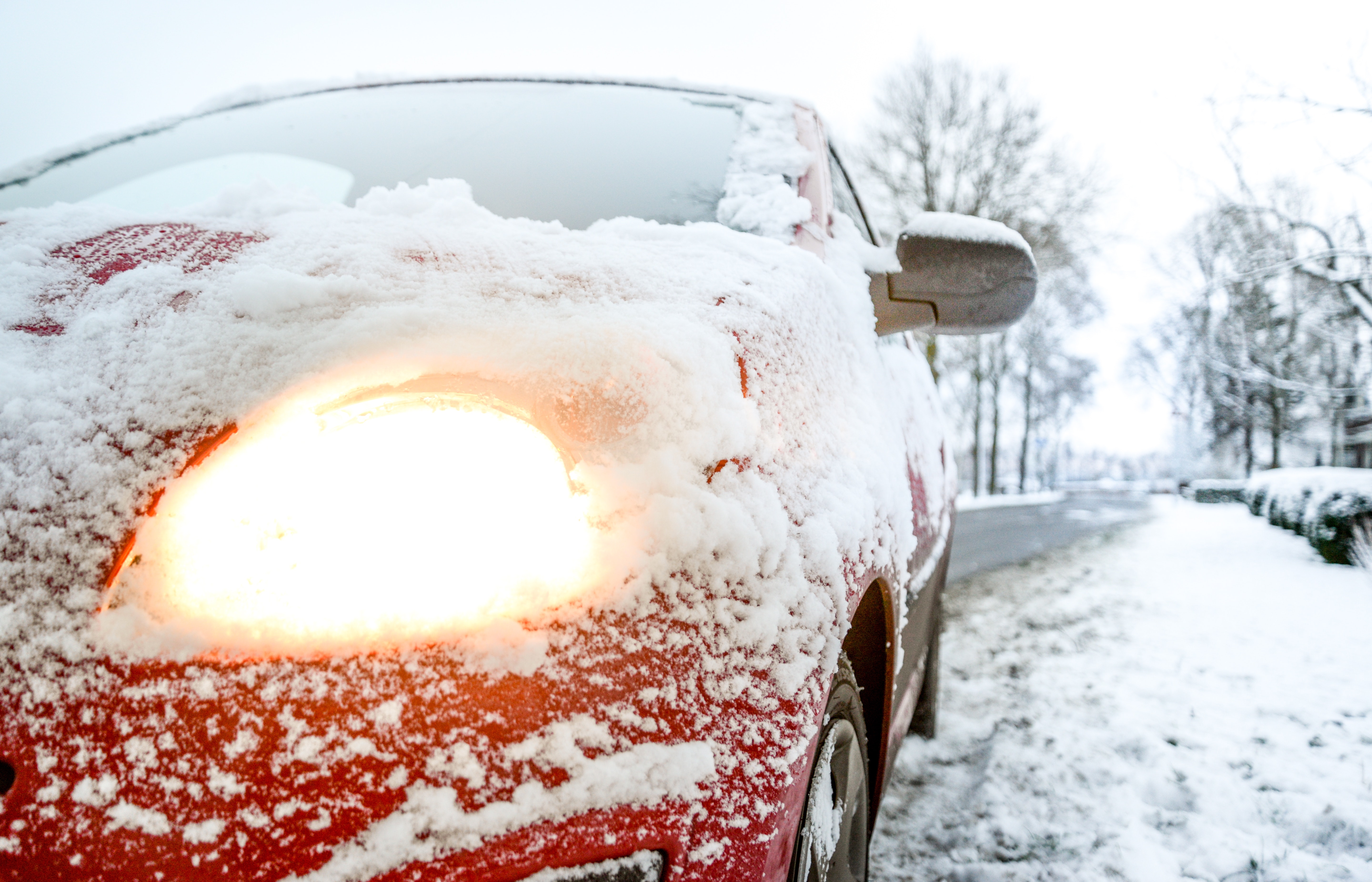
Editor’s note: This story was originally published December 13, 2018
With a harsh winter coming up, it is extremely important for drivers to know the do’s and don’ts of winter driving.
Understanding how to drive in winter weather can save your life. Here are some things you should know:
As always, make sure you are wearing a seatbelt at all times.
Salt will eat away at your car’s underbody – make sure you get full-body car washes to clean underneath.
Always check your exhaust pipe to make sure that it is not clogged before you begin driving – this may be the most important driving safety tip. If the exhaust pipe is clogged, fatal, odorless carbon monoxide gas could leak into the passenger compartment of the car while the engine is running and poison passengers.
Do not warm up your vehicle in a closed area like a garage, the carbon monoxide needs an open area to escape.
It is illegal to leave a running car unattended in Ohio unless it is parked on residential property, locked or an emergency or public safety vehicle.
Slamming your car doors could cause your windows to break, according to Patrick Ammon, sergeant and crime prevention manager for the Wright State University Police Department.
Do not slam your brakes to stop – you will slide. Allow yourself plenty of time to slow down to a stop. In fact, if it is possible not to stop, State Farm recommends that you don’t. Once stopped, you may not have enough traction to accelerate and get going again.
Allowing yourself enough time to stop means that you should leave more than enough space between your car and the car in front of you. Your following distance should at least double when driving in winter conditions.
Stop slower, accelerate slower, turn slower and drive slower. Even if you are driving under the speed limit, you can be pulled over and cited if your speed is deemed to be dangerous.
You can also be cited for having an obstructed view, such as not clearing your window, according to Ammon. He advises not to forget to clear your headlights and tail lights so that they can be seen.
Cruise control should never be used on icy roads. Driving in a lower gear is preferred.
Never pass a snowplow.
AAA recommends that you always keep your gas tank at least half full; this will help prevent gas line freeze-up.
If you start to skid or hydroplane, remain calm. Do not overcorrect or make any quick, sharp turns with the steering wheel. Slow down and slowly steer the direction you need to go.
It never hurts to have an emergency bag. State Farm suggests including water, snacks, warm clothing, jumper cables, antifreeze, windshield wiper fluid, flashlight, first aid kit, shovel, cell phone charger, blanket, matches, compass and an ice scraper. You should have some of these items in your car already.
Above all, avoid driving in harsh winter conditions unless absolutely necessary; there are few things worth losing your life over. You may be experienced in winter driving but not everyone else on the road is. Also, “It may be icy even if you cannot see it,” warns Ammon.
Now that you have learned these techniques for yourselves, inform your loved ones so that they too can make it through the holiday season safely.
